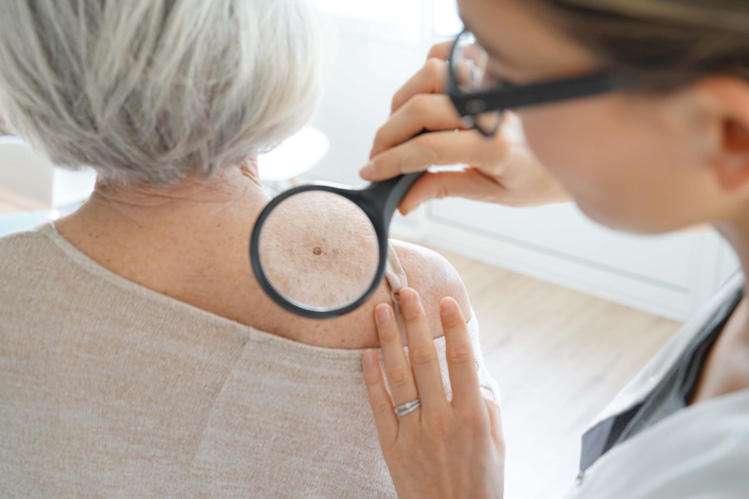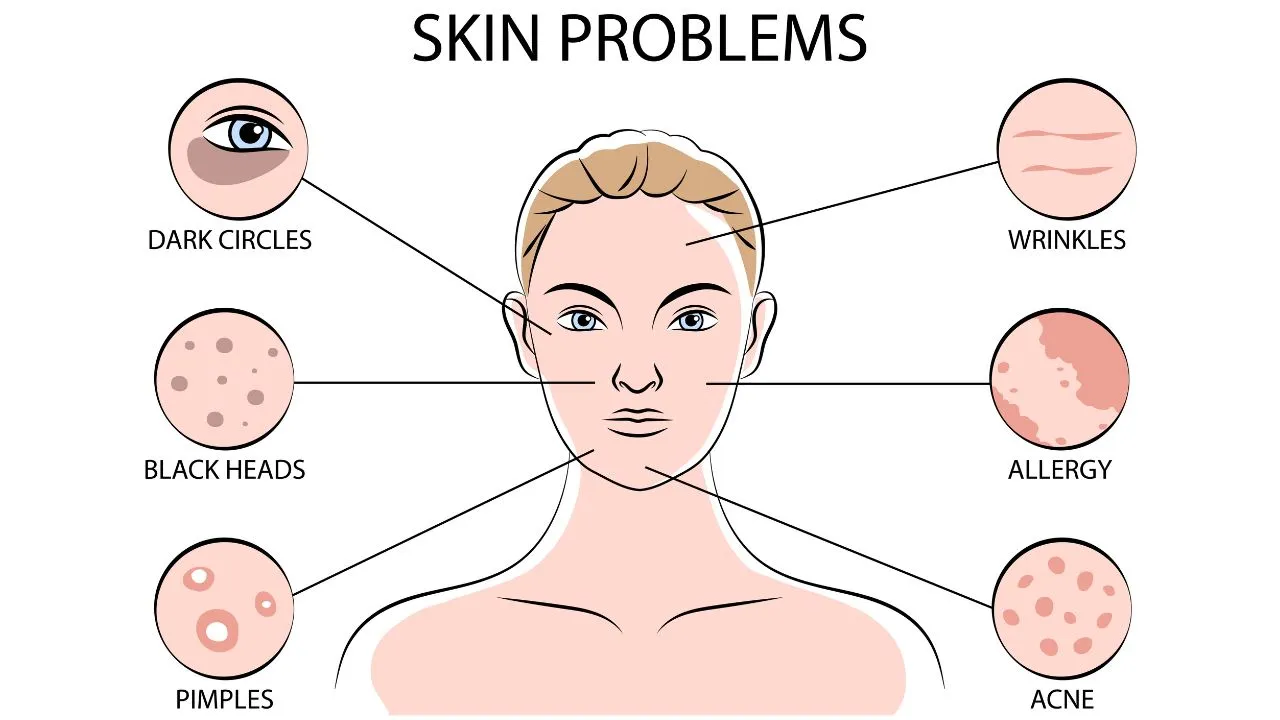Manage your hair loss issues with guidance from an experienced hair care specialist.
Manage your hair loss issues with guidance from an experienced hair care specialist.
Blog Article
Browsing Skin Cancer Cells Therapy: The Crucial Function of Mohs in Modern Dermatology Practices
Skin cancer, a complicated medical diagnosis, usually leaves people coming to grips with countless therapy alternatives. Amongst these, Mohs surgical treatment stands as a beacon in modern-day dermatology, renowned for its thorough strategy to cancer cells elimination and preservation of surrounding healthy and balanced tissue. This cutting-edge practice promises not just remarkable cosmetic end results yet likewise supplies immediate outcomes, relieving person anxiety. As we explore the ins and outs of this procedure, one will appreciate its essential function in skin cancer therapy.
Understanding Skin Cancer Cells: Kinds and Dangers
There are 3 major types of skin cancer: Basic cell cancer, Squamous cell carcinoma, and Cancer malignancy. It accounts for only concerning 1% of skin cancer situations however creates the substantial bulk of skin cancer deaths. Danger variables include fair skin, history of sunburn, excessive sunlight exposure, living at high elevations or shut to the equator, having many moles, a family history of skin cancer cells, and compromised immune system.
What Is Mohs Surgical treatment and Exactly How It's Revolutionizing Skin Cancer Cells Therapy
In spite of the countless therapies presently offered for skin cancer cells, Mohs surgery attracts attention as a groundbreaking and very efficient solution. Named after Frederic E. Mohs, the medical professional who created the procedure, Mohs surgery is an accurate medical technique used to deal with skin cancer. During the treatment, slim layers of cancer-containing skin are gradually gotten rid of and taken a look at till only cancer-free tissue remains. This approach enables the doctor to verify that all cancer cells have actually been eliminated at the time of surgery. This degree of precision, incorporated with the capability to spare as much healthy tissue as possible, is transforming skin cancer cells treatment. As an outcome, Mohs surgical treatment has actually become a keystone of modern-day dermatology techniques.
The Benefits of Mohs Surgical Treatment Over Traditional Skin Cancer Cells Therapies
Building on the ingenious nature of Mohs surgical procedure, it's crucial to consider its many advantages over standard skin cancer cells therapies. Unlike conventional procedures, Mohs supplies a greater remedy rate, frequently reaching 99% for new therapies and 94% for recurrent cancers cells. This precision results from its distinct strategy of gradually eliminating and examining cells layers up until just cancer-free cells continue to be (mohs surgery). Furthermore, it lessens damages to healthy skin, causing less scarring and boosted cosmetic results. Mohs likewise supplies instant outcomes, eliminating the anxiety-ridden delay usual with various other methods. It's economical, as the websites surgical treatment and tiny exam occur concurrently, eliminating the requirement for extra research laboratory services. Therefore, Mohs represents a substantial innovation in dermatological techniques.
The Procedure of Mohs Surgical Procedure: What to Anticipate During the Refine

Prospective Negative Effects and Post-Operative Treatment of Mohs Surgical Procedure
Undertaking Mohs surgical procedure, like any type of other operation, includes possible adverse effects that clients should be conscious of. Usual adverse effects include pain, wounding, and swelling at the surgery website. These are normally temporary and convenient with non-prescription discomfort best site medication and ice packs. In rare cases, people may experience infection, blood loss, or an allergy to the anesthetic. Post-operative care is critical to healing and decreasing adverse effects. This generally includes maintaining the wound clean and dry, taking proposed drugs, and staying clear of arduous activities. Patients need to additionally participate in all follow-up appointments for wound care and monitoring. In many cases, added therapies may be needed to ensure total elimination of the cancerous cells. Sticking to Continued these post-operative treatment standards can significantly improve recovery and outcomes.
Final thought

Report this page